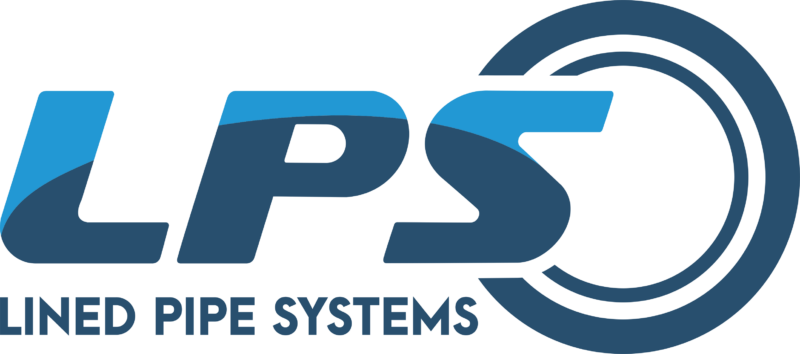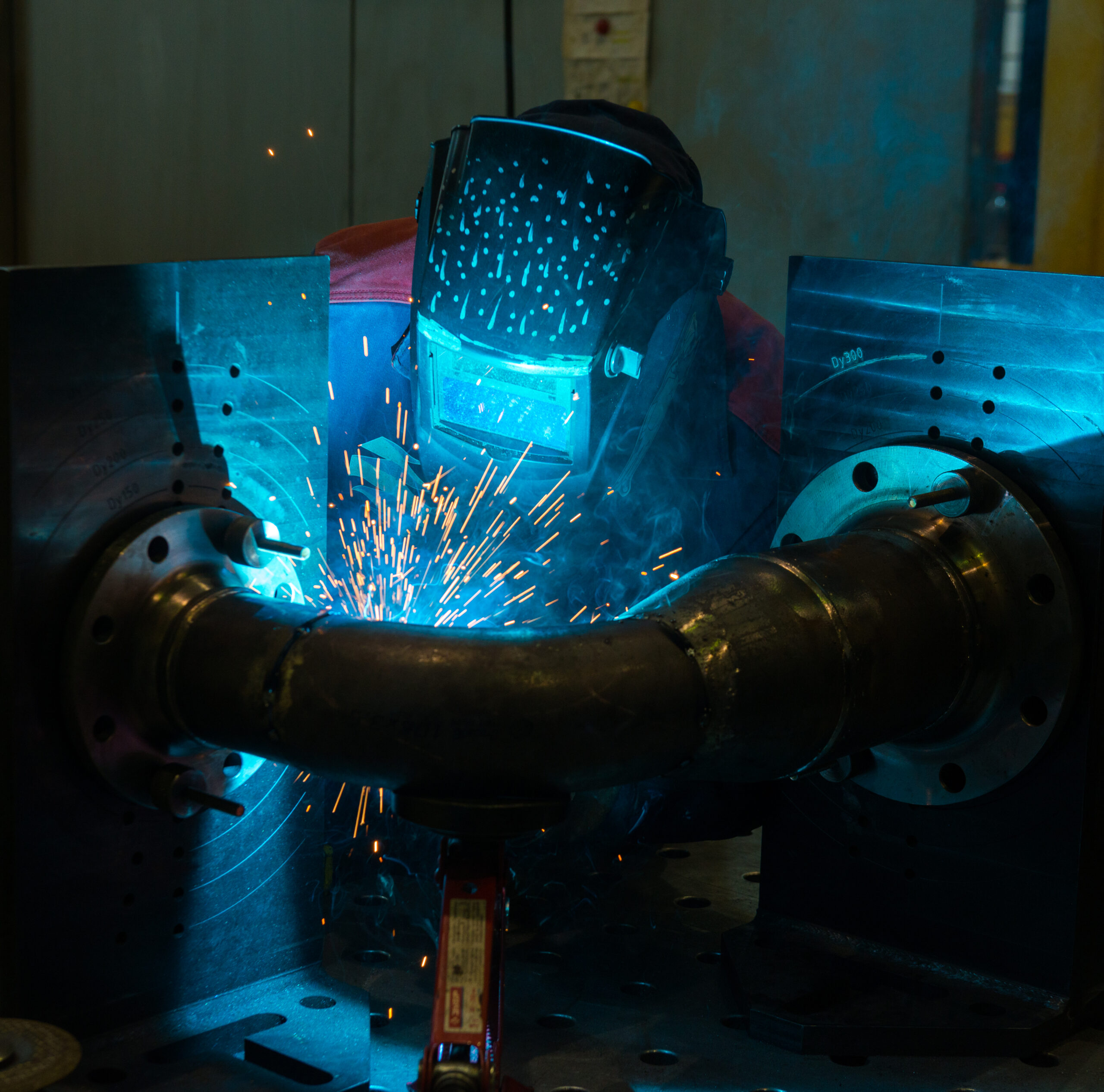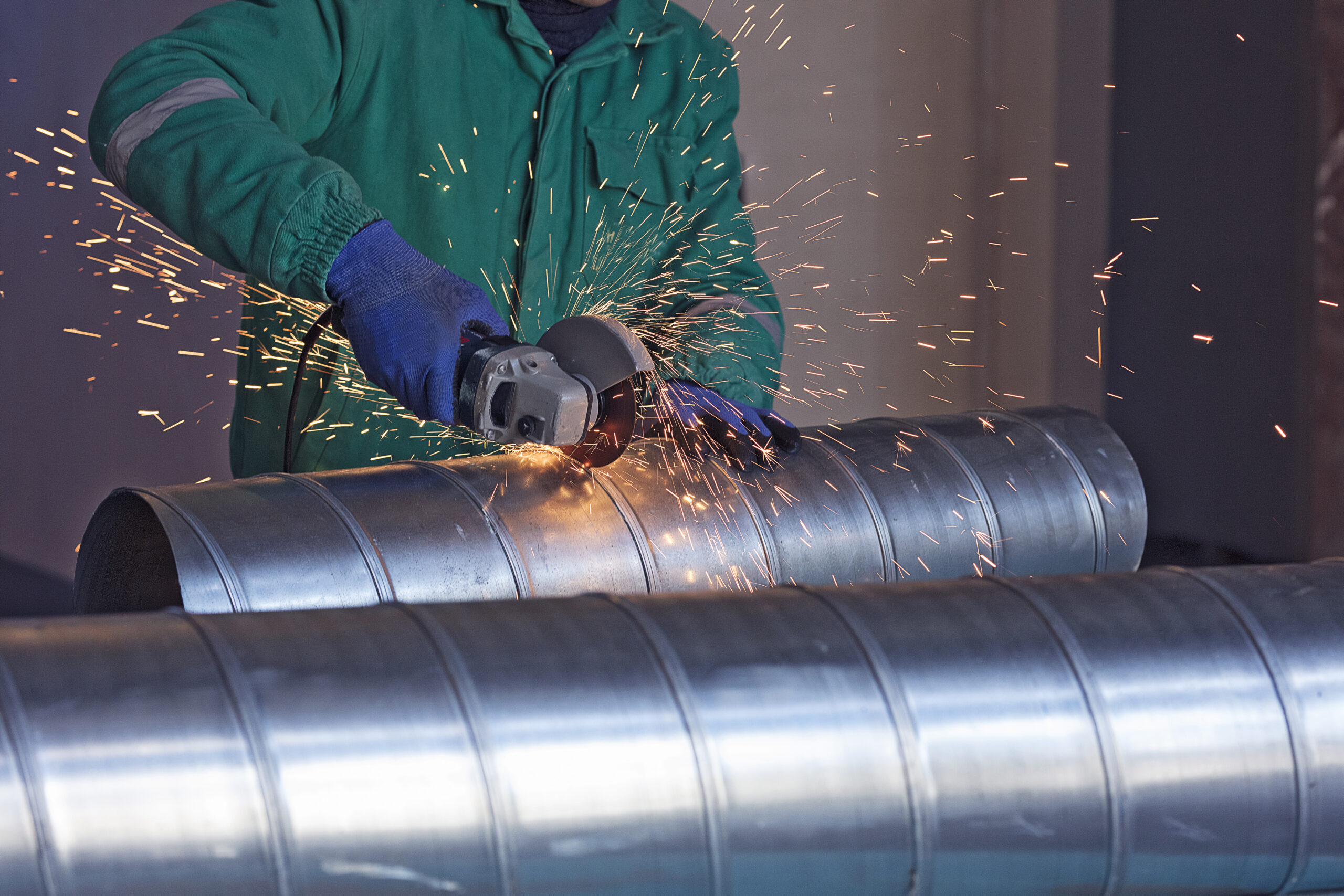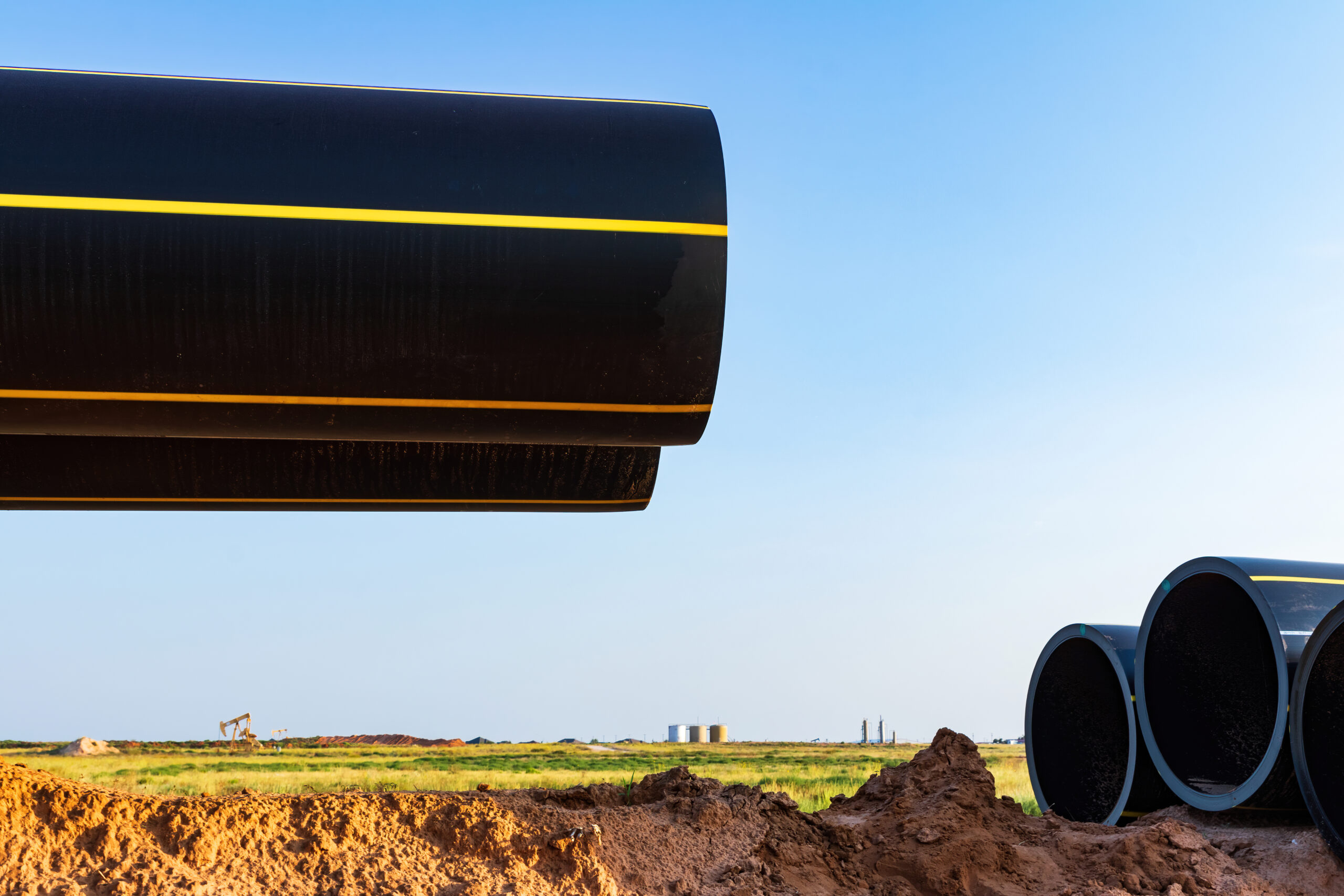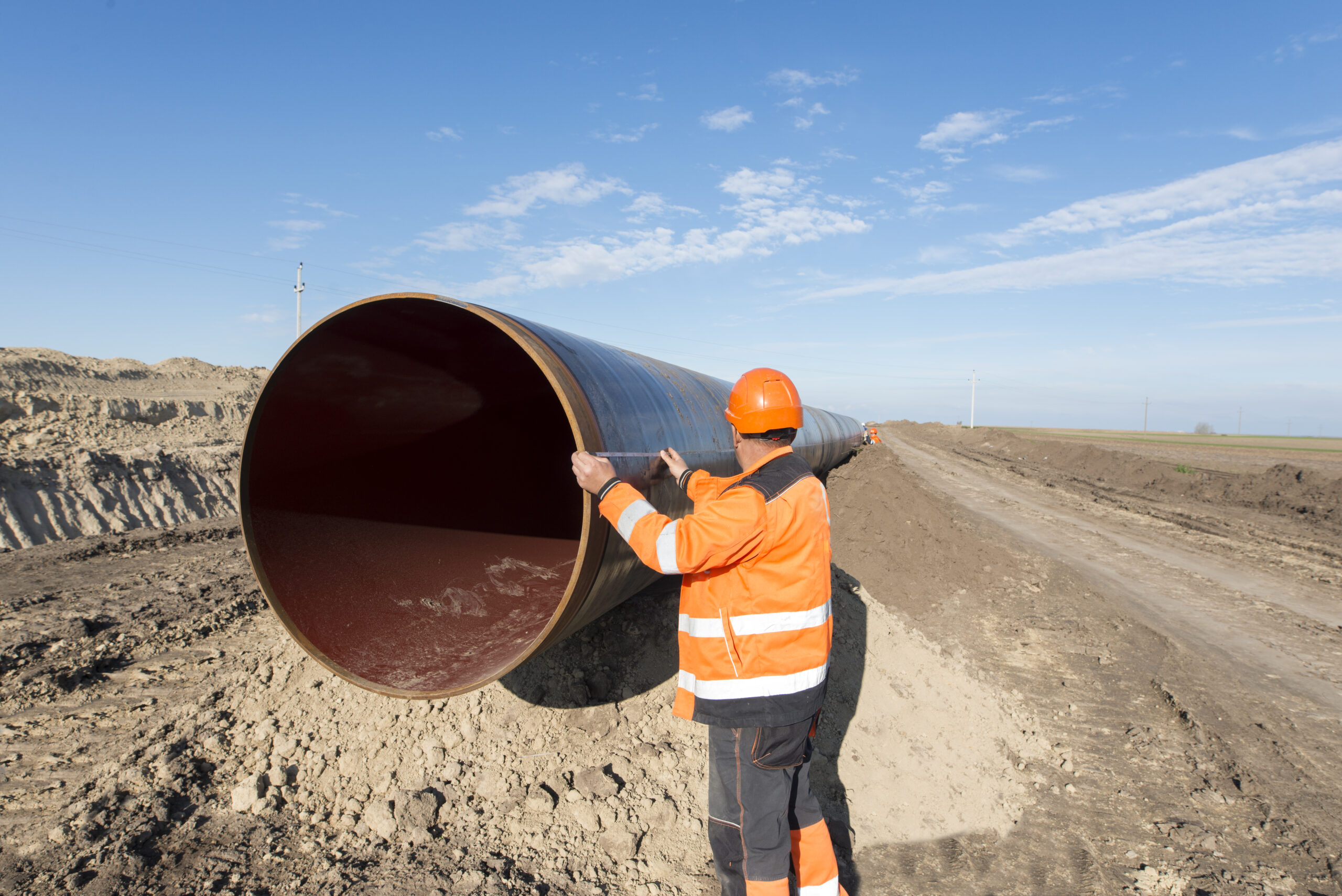Flood Restoration: Protecting Your Property from Water Damage
Floods can cause severe damage to homes and businesses. Whether it’s from heavy rainfall, a hurricane, or a burst pipe, understanding how to restore your property after a flood is crucial. This guide will help you navigate the restoration process and explain why professional help is often necessary.
What is Flood Restoration?
Flood restoration is the process of cleaning, repairing, and restoring a property after it has been affected by floodwaters. The level of restoration needed depends on how severe the flooding was.
For minor floods, cleaning and drying may be enough. However, for more serious damage, structural repairs might be required.
The goal of flood restoration is to minimize damage and restore your property to its original, safe condition.
Why is Flood Restoration Important?
Flood damage can quickly weaken the structure of your home or business. Here’s why flood restoration is so important:
- Water damage: Floodwaters can weaken walls, floors, and ceilings.
- Mold growth: Damp areas encourage mold and mildew, which pose health risks.
- Electrical hazards: Flooded areas may affect wiring, creating a risk of fire or electrocution.
Starting the restoration process early helps prevent these dangers and minimizes long-term damage.
Why Hire Professional Flood Restoration Services?
While DIY restoration may seem like a good option, hiring professionals is the best choice. Experts have the tools, skills, and experience to restore your property safely and quickly.
Professional flood restoration services offer:
- Expert water removal: Professionals use powerful pumps and vacuums to quickly remove standing water.
- Plumbing restoration: Water can damage your plumbing system. Experts like Lined Pipe System offer pipe lining solutions to prevent leaks and further water damage.
The Step-by-Step Flood Restoration Process
Here’s what you can expect during the restoration process:
1. Water Removal
The first step is to get rid of standing water. Professionals use industrial pumps and vacuums to remove the water quickly, preventing further damage to your home or business.
2. Drying the Area
Once the water is removed, drying the area is critical. High-powered fans, dehumidifiers, and air movers are used to eliminate any remaining moisture. Depending on the severity of the flood, this can take several days or even weeks.
3. Cleaning and Sanitizing
After drying, professionals clean and sanitize the area. This helps prevent mold and bacteria growth. Furniture, carpets, and surfaces are treated with specialized cleaners. If items can’t be cleaned, they are safely removed and replaced.
4. Full Restoration
Finally, professionals repair any damage to your property. This can include replacing drywall, flooring, and other structural elements. The goal is to restore everything to its original condition.
What to Do During and After a Flood
Floods can be overwhelming, but following these steps can help protect your property:
- Evacuate if needed: Always follow evacuation orders from authorities.
- Turn off the electricity: If it’s safe, turn off the power to avoid electrical hazards.
- Stay away from floodwaters: Floodwater can be contaminated and dangerous.
- Move valuables to higher ground: Protect your important items by moving them out of harm’s way.
Acting quickly can reduce damage to your home or business and keep you safe.
How to Prevent Future Flood Damage
Floods are unpredictable, but you can take steps to reduce future damage:
- Improve your drainage system: Install downspouts, gutters, and grading to direct water away from your property.
- Elevate appliances: Raise appliances and electronics above potential floodwaters.
- Use waterproof containers: Store important items in waterproof containers to protect them from water damage.
- Stay informed: Keep an eye on weather alerts and have an emergency plan in place.
Taking these precautions can help safeguard your property from future floods.
Why Professional Restoration is Key for Your Plumbing
Your plumbing system is one of the most important areas to focus on during flood restoration. Floodwaters can severely damage pipes, leading to leaks and other plumbing issues.
Professional plumbing restoration is essential to prevent further damage. Lined Pipe System offers advanced pipe lining solutions to ensure your pipes are restored to optimal condition and prevent future water damage.
Conclusion: Why Flood Restoration Matters
Flood restoration is essential for getting your property back to its safe, functional state. By acting quickly and hiring professionals, you can minimize damage, prevent mold growth, and ensure that your plumbing system is restored.
With companies like Lined Pipe System, your pipes will be reinforced, protecting your home from future flooding. Don’t wait—professional restoration services can help safeguard your property from further damage and future flooding.
